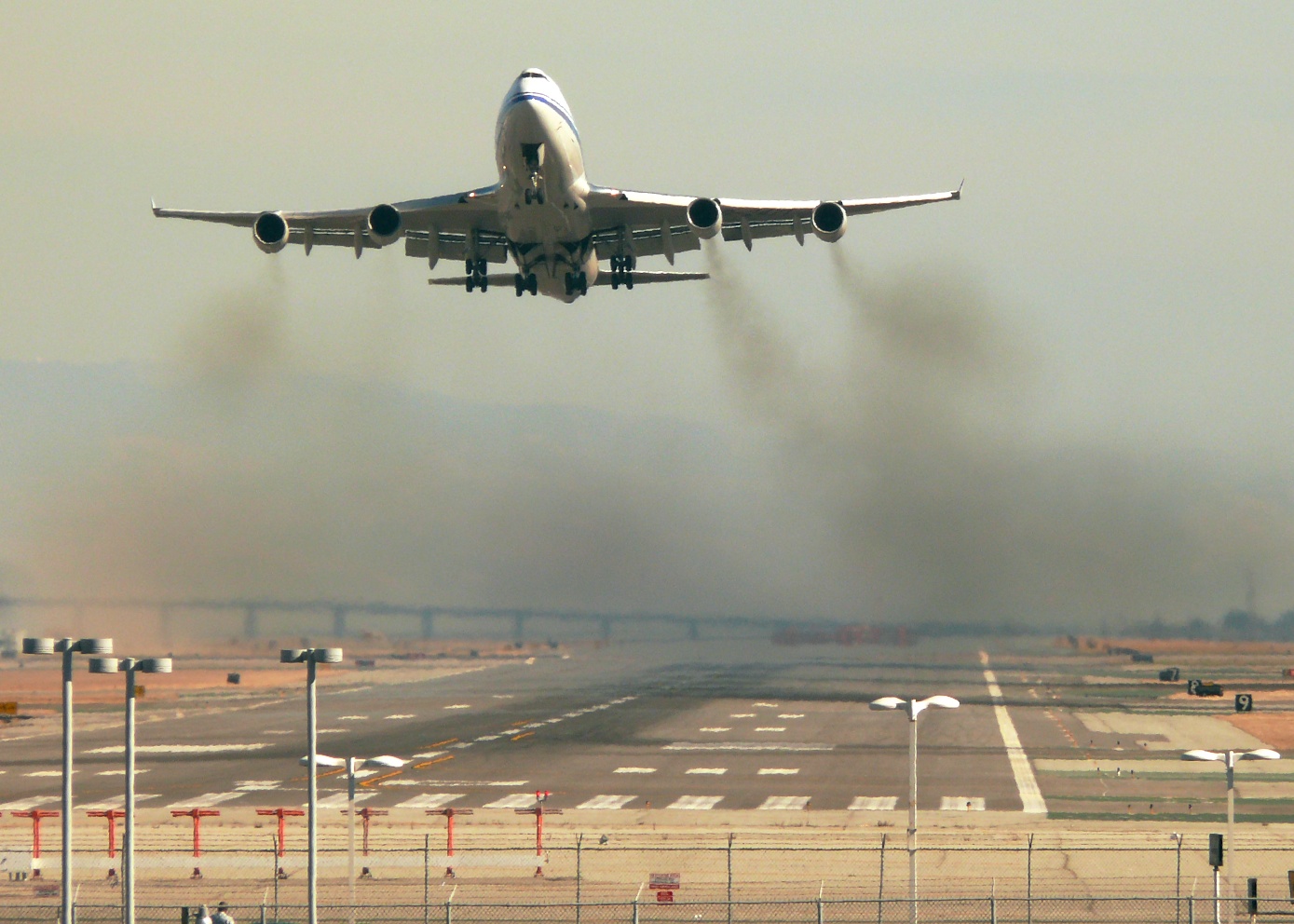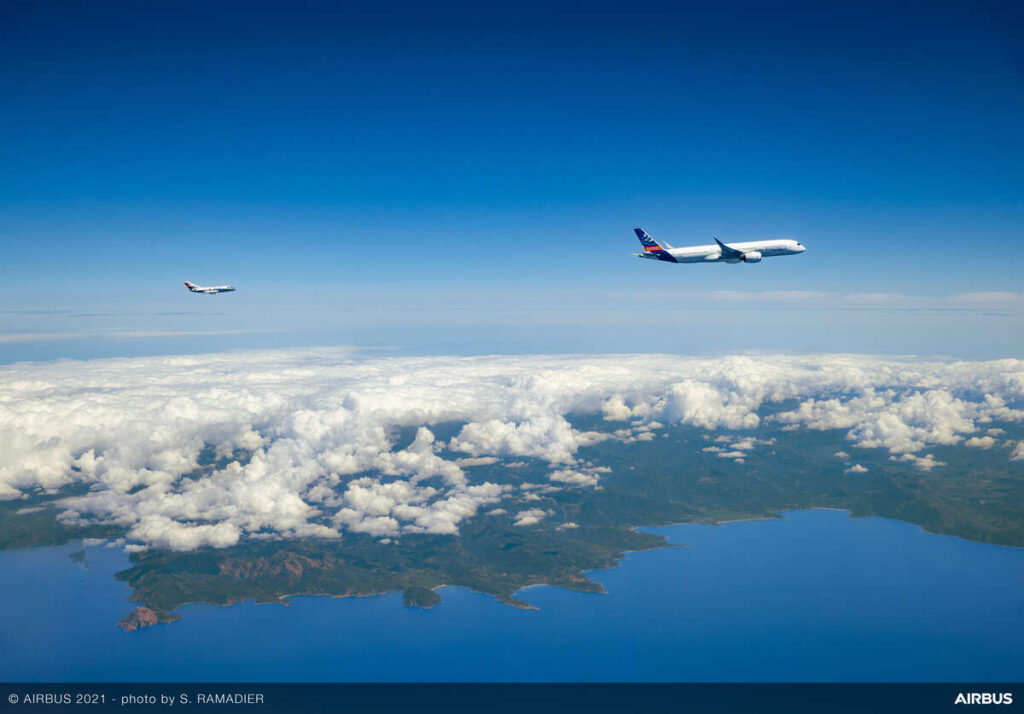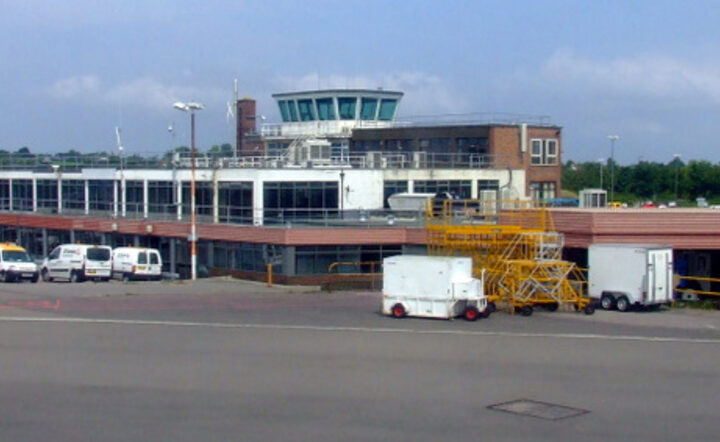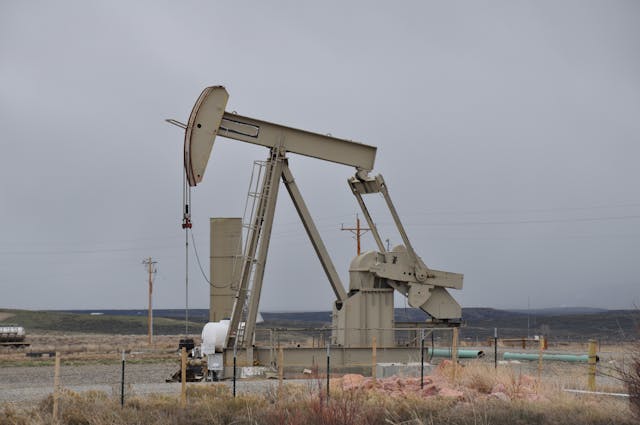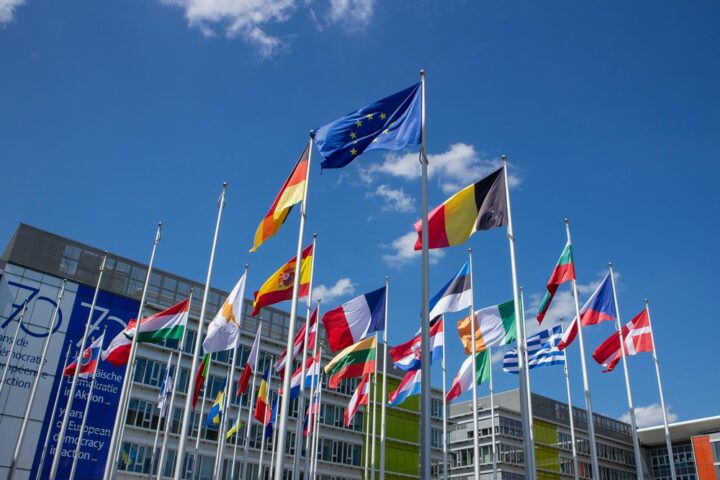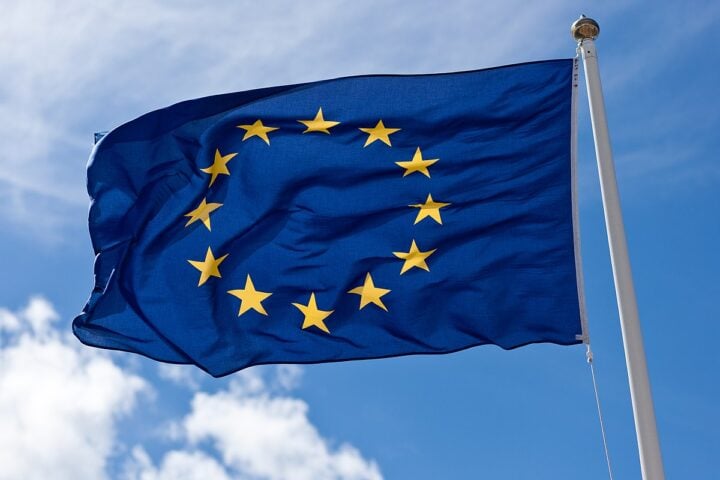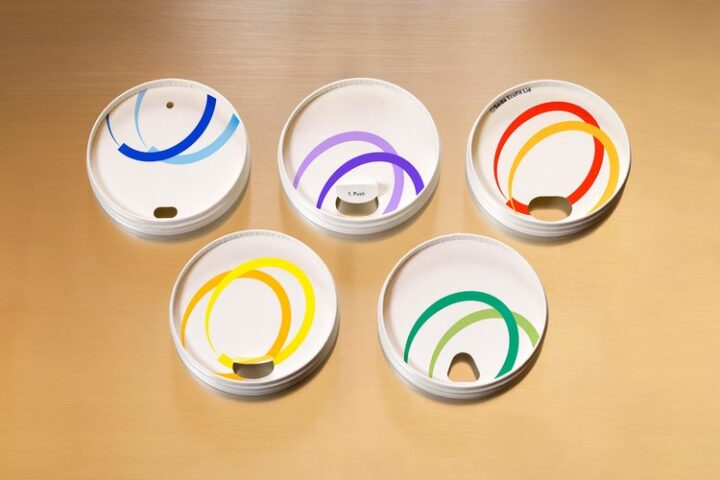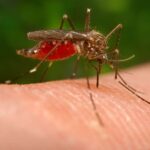An report prepared by the European ecologist federation Transport & Environment (T&E) warns that ultrafine particles (UFP), emitted by air traffic, could affect up to eight million people living near major airports in Spain alone, causing serious illnesses. According to the study Transport & Environment based on data from the Netherlands Public Health Institute (RIVM), thousands of cases of hypertension, diabetes, and dementia in both Spain and Europe may be linked to these particles, which are about a thousand times smaller than a human hair and have the ability to penetrate deeply into the body, having been found in blood, brain, and placenta analyses.
The document examines a total of 32 European airports,At the European level, 52 million people are affected by the 32 busiest airports. This includes 280,000 cases of hypertension, 330,000 cases of diabetes, and 18,000 cases of dementia across the continent. Ultrafine particles are emitted at high altitudes, as well as during take-off and landing. People living within a 5 km radius of an airport breathe air containing, on average, between 3,000 and 10,000 ultrafine particles per cm³ emitted by airplanes.
The study also finds a correlation in many cities between people living near airports and lower incomes. The study extrapolates reported cases of these diseases near Amsterdam Schiphol Airport and provides the first estimation of health effects related to aviation ultrafine particles (UFP) in Europe. T&E takes the work of the Dutch Institute for Amsterdam’s Schipol Airport and applies it to the 32 airports with the highest air traffic, overlaying the populations living in their influence areas in three concentric circles: 5 km, 5 to 10 km, and 10 to 20 km away.
In many cities, there is a correlation between people living near airports and lower incomes. This once again demonstrates that the most vulnerable people are the most affected by air pollution.
“First we had the problem of air pollution from roads, then we had wood burning stoves, and now we are becoming aware of another invisible danger affecting everyone’s health. We know that air pollution is the biggest public health crisis and particularly affects children, babies and older people. These tiny particles are known to penetrate every organ of the body, including the placenta. Most people have no choice over where airports are sited or how big they are, and often this pollution is being created by planes carrying passengers from all around the world.”
Jemima Hartshorn, founder of Mums for Lungs
Microparticles (regardless of size) come from the use of fossil fuels in aircraft engines. PM10 and PM2.5 are better known, and even European air quality standards include limits for these toxins. However, UFPs have gone more unnoticed until the latest review of the EU directive calling for monitoring, although it does not set thresholds. To date, there are no regulations regarding safe levels of ultrafine particles in the air, despite the World Health Organization issuing a warning over 15 years ago that this is a concerning source of pollution.
Similar Posts
According to the T&E study, using better quality fuel can reduce ultrafine particles by up to 70%. The amount of ultrafine particles emitted by airplanes largely depends on the fuel composition. The cleaner the aviation fuel, the less pollution it generates when burned. This fuel cleanliness is achieved through a process called hydroprocessing, which has been used for decades to remove sulfur from fuels for cars and ships and can cost less than five cents per liter of fuel.
“It’s not often that an alarming problem affecting millions of people can be reduced, and at a low cost. Dirty fumes caused by planes can be drastically reduced if we clean up the fuel. The sector prides itself with cutting-edge technology and so-called efficient planes, yet continues to use fuels which have a devastating impact on the health of millions of Europeans. It’s time for the EU to set jet fuel quality standards for the sake of the climate and people’s health.”
Carlos Lopez de la Osa, aviation technical manager at T&E
T&E points out that although the World Health Organization warned over 15 years ago that this was an emerging concern pollutant, there are currently no regulations on safe levels of UFP in the air. Environmental organizations argue that reducing emissions of these ultrafine particles (UFP) through better-quality fuel would not only benefit the population living near airports but also the planet.
T&E advocates for forcing a change in the types of fuels used by airplanes to release fewer pollutants. Now 99% of this fuel is obtained from crude oil. Its sulfur content determines the amount of particles it releases. The organization states that if so-called sustainable fuels are used, 75% of particles and 90% of total mass would be reduced. Increasingly, it is essential to reduce air traffic and halt airport expansions to mitigate the impacts on the health of millions of people
